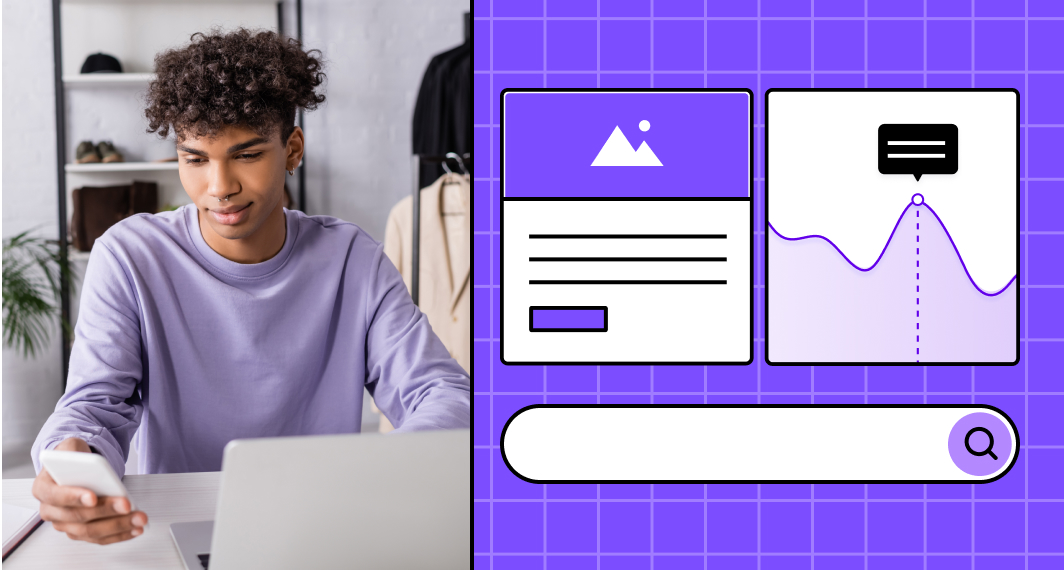What is Cart Abandonment Rate?
Shopping cart abandonment rate is the percentage of customers who add a product to their basket and proceed to checkout, but leave somewhere during the checkout process without completing their purchase. Low cart abandonment rates indicate that your user experience is smooth, while high rates should be cause for concern.
Measuring shopping cart abandonment helps you figure out why people change their minds and how you can make the shopping experience better so more people actually complete their purchases.
Failing to take a proactive approach, however, will likely result in you leaving thousands of dollars in unclaimed revenue on the table.
Here’s how you can calculate cart abandonment rate and keep it low 👇
How to calculate shopping cart abandonment rate?
Calculating the shopping cart abandonment rate is pretty straightforward.
The formula to calculate it is:
Cart abandonment rate = (Number of carts abandoned / Number of carts created) X 100 |
Let’s understand this with an example.
For instance, on your ecommerce website, 200 customers added items to their shopping carts (this’ll be the number of carts created).
Of these, only 120 customers completed their purchase, while 80 left your website without purchasing (this’ll be the number of carts abandoned).
Then, your website’s shopping cart abandonment rate will be:
(80/200) X 100 =40%
This means that 40% of customers who added items to their cart didn’t complete their purchase.
What is the acceptable cart abandonment rate?
Even the top-performing brands lose money because of cart abandonment. Although there is no benchmark for how much cart abandonment your ecommerce website should experience, the industry average is 70.19% as of 2023, according to a report by the Baymard Institute.
According to the report, the top 49 sites experience cart abandonment rates in the range of 55-85%.
However, the average cart abandonment rate varies widely across different industries and regions. It's also influenced by factors like extra costs like shipping and taxes, slow delivery timelines, no guest account, a long checkout process and unclear return policy.
Benefits of calculating shopping cart abandonment rate
Measuring shopping cart abandonment rate offers several advantages for your ecommerce businesses.
1 - Insight into customer behaviour
Calculating the abandonment rate provides you valuable insights into customer behaviour during the checkout process. It helps you understand why customers abandon their online carts and enables you to make informed decisions to improve their shopping experience.
2 - Identifying website issues
A high abandonment rate provides you with a signal of potential issues with your website or checkout process. By tracking this metric, you can easily identify and address pain points hindering your conversions.
3 - Opportunity for improvement
Calculating the abandonment rate enables you to optimise your checkout process and reduce barriers that may deter your customers from completing their purchases on your online store.
4 - Benchmarking performance
You can use it as a benchmark to measure the significance of changes you made to your website. It helps you assess the impact of your website optimisation efforts.
5 - Enhanced customer retention strategies
Shopping cart abandonment can help you implement targeted marketing campaigns or abandoned cart recovery campaigns to lure your customers back to complete their purchases.
Techniques to reduce cart abandonment rates
Cart abandonment is a common challenge for online businesses, but there are several strategies you can implement to improve your conversion rates and reduce abandoned carts:
1 - Streamline the checkout process
Make your checkout process as simple and straightforward as possible. Remove unnecessary steps and fields and offer your customers guest checkout options so they don't feel forced to create an account.
2 - Clear and visible calls-to-action
Ensure that your "Add to Cart" and "Checkout" buttons are prominent and easy to find on product pages. You can use contrasting colours and compelling text to encourage action.
3 - Transparent pricing and policies
You must display all costs, including shipping fees and taxes, upfront, as hidden fees will deter customers from completing their purchases. Also, clearly communicate your return and refund policies to build trust.
4 - Exit-intent popups
You can use exit-intent popups to capture visitors' attention when they're about to leave your site. You can offer discounts, free shipping or other incentives to lure them to stay and complete their purchase.
5 - Abandoned cart emails
You can also implement an automated email system that sends reminders to customers who've abandoned their carts. Remember to include a direct link to their cart and a clear call-to-action to complete the purchase.
6 - Multiple payment options
You must provide a variety of payment options to cater to different customer preferences. Accept credit cards, digital wallets and other popular methods.
Get a free app prototype now!
Bring your software to life in under 10 mins. Zero commitments.


 Facebook
Facebook X
X LinkedIn
LinkedIn YouTube
YouTube Instagram
Instagram RSS
RSS


